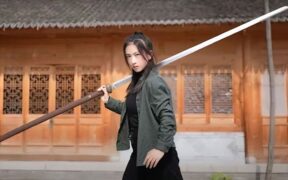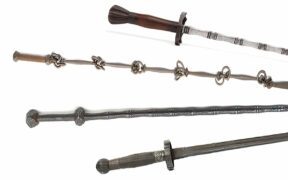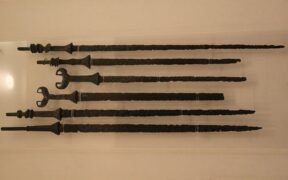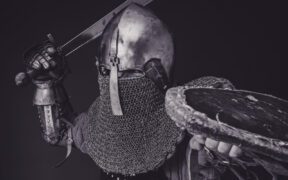Our content features commercial links to our products, committed to transparent, unbiased, and informed editorial recommendations. Learn More
What Swords Were Used In Modern Chinese Warfare?
NO AI USED This Article has been written and edited by our team with no help of the AI
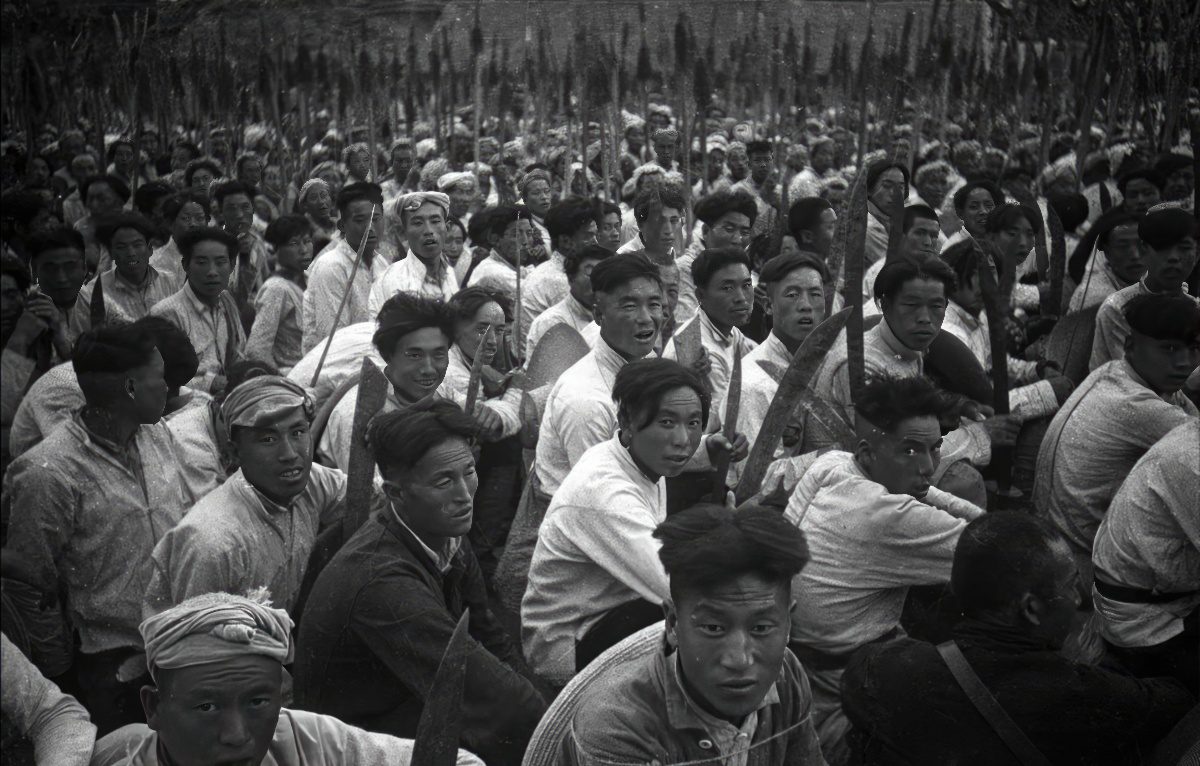
In the age of firearms, swords seem obsolete and are impractical weapons on the battlefield. However, the Chinese utilized their swords in close-combat fighting even as late as the 20th century. These swords were designed for cutting through soft targets, especially when firearms made armor obsolete and soldiers wore minimum protection.
Let’s explore the swords used in modern Chinese warfare, how soldiers used them in combat, and the most important conflicts and battles in modern China that used swords.
Types of Swords Used in Modern Chinese Warfare
In the 20th century, the Chinese troops and militias used swords in combat, though most were armed with more modern weapons, such as rifles, handguns, and grenades. Historical photographs suggest that bladed weapons were not standardized, and many used a broad range of traditional weapons they could use.
1. Dadao
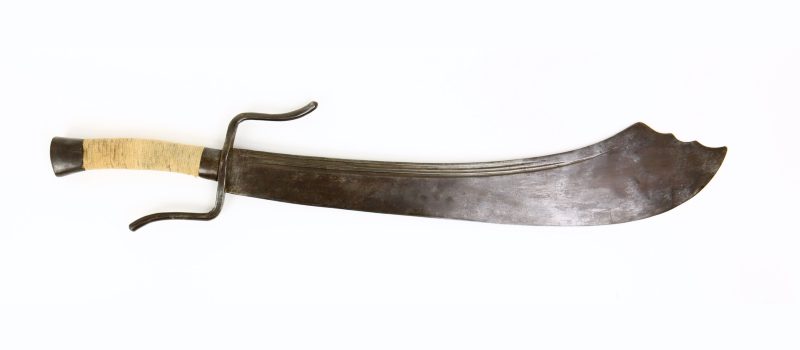
The dadao, sometimes called the Chinese war sword, symbolized the bravery and martial valor of Chinese soldiers who fought against technologically superior forces. Its name dàdāo (大刀) means great saber or big knife. It also has the alternative name kǎndāo (砍刀), meaning chopping saber or chopping knife.
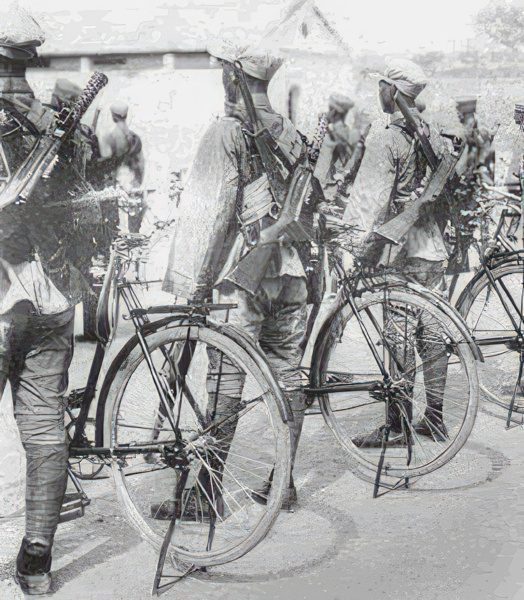
The dadao served as a close-quarters combat weapon of post-Imperial China, frequently seen in the hands of soldiers and militia groups. It has a relatively broad and heavy blade for cutting. Its ease of manufacture and durability made it a practical weapon. The soldiers easily carried the dadao on the left of their backs, with rifles on their right.
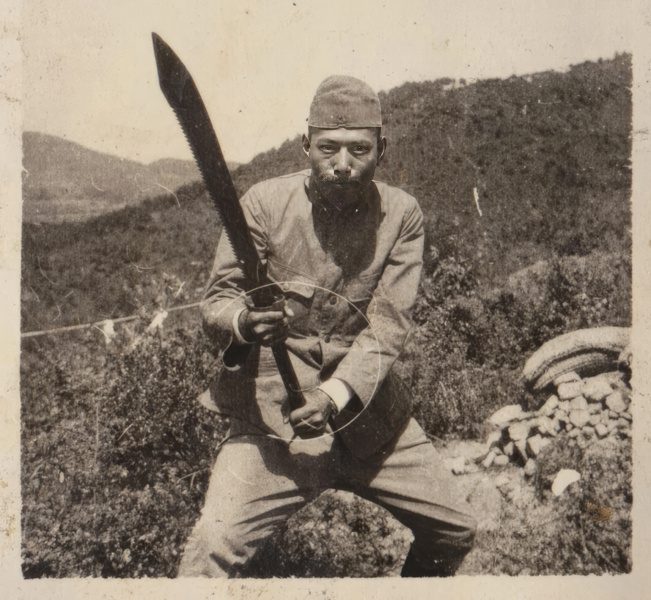
Some blade types of dadao had a saw-like spine, suggesting that it likely functioned as a cutting tool, apart from being a weapon. However, their blades were never designed for chopping wood. Their sword guards varied from S-shaped to cup-shaped and usually had a ring pommel.
2. Oxtail Saber (Niuweidao)

The oxtail saber, also called niúwěidāo (牛尾刀), is a type of Chinese saber or dao developed in the mid-19th-century when firearms rendered armor obsolete. It has a single-edged blade with a pronounced widening at the tip, ideal for cutting against unarmored targets. It was popular among rebels and their enemies during the social unrest before the collapse of the Qing dynasty to the Warlord period of the early 20th century.
3. Executioner’s Sword
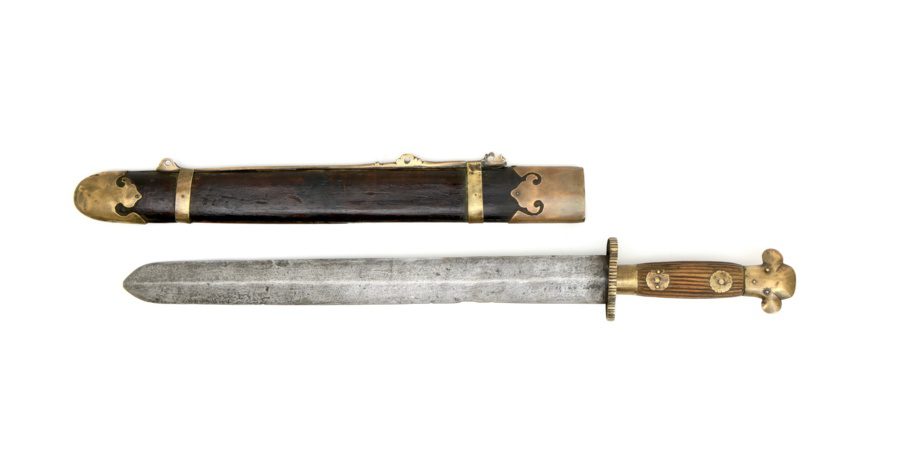
Various swords were used for executions, though they were not necessarily designed solely for that purpose. They were usually dadao swords, oxtail sabers, and standard military swords that any soldier would carry. A heavier version of the Chinese straight sword jian was also used in rare instances.
Conflicts in Modern China That Used Swords
Modern Chinese history began in 1912, after the fall of the Qing dynasty and when China became a republic. Unfortunately, several conflicts and battles continued to threaten the country. The dadao was among the traditional weapons of post-Imperial China used by soldiers, local militias, and resistance groups.
In the Warlord Period (1916–1928)
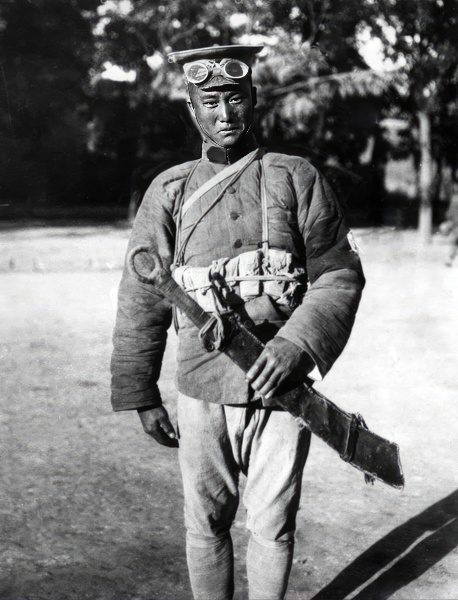
Warlords ruled different parts of the country after the death of Yuan Shikai, the first president of the Republic of China. Three main warlord groups fought each other for power and control of more territory.
There were hundreds of armed conflicts, from local to regional and national scales, and many soldiers serving these warlords used the dadao sword in combat. The Warlord period, usually dated from 1916 to 1928, ended when the country was reunified under the Kuomintang or Nationalist Party.
The Defense of the Great Wall (1933)
In 1933, the Chinese military fought against the invading Japanese troops at various entrances of the Great Wall, including the Xifengkou, Lengkou, Yiyuankou, and Gubeikou. Zhao Deng Yu and his troops defended the Xifengkou, ambushing the Japanese soldiers with grenades and the dadao. Eventually, the Tanggu Truce was signed between China and Japan. It established a demilitarized zone and helped to slow down the Japanese invasion of North China.
Second Sino-Japanese War (1937–1945)
One of the most destructive conflicts of World War II, the Second Sino-Japanese War started with the Marco Polo Bridge Incident in 1937 and ended with Japan’s surrender in 1945. The war broke out when China began its full-scale resistance to the Japanese expansion of its territory, which had started in 1931.
The Marco Polo Bridge Incident
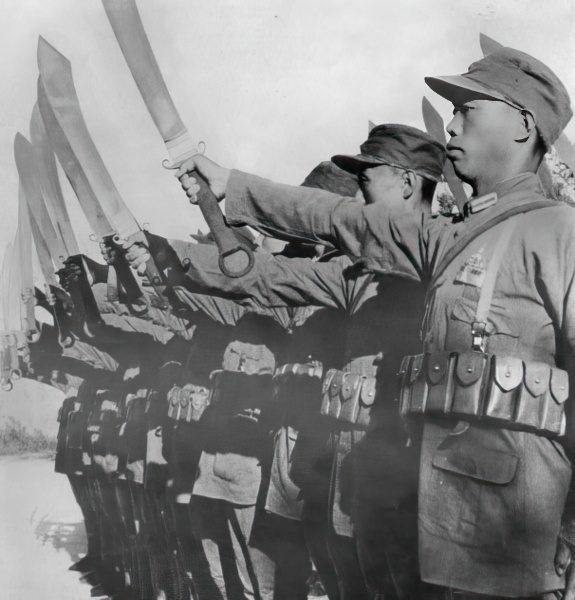
On July 7, 1937, the Chinese and Japanese troops clashed near the Marco Polo Bridge outside Beijing. Before the incident, the Japanese army had occupied Fengtai, southwest of Beiping, and demanded entry to the Wanping to look for their soldier that had gone missing.
However, the Chinese garrison in the town refused their entry, and the conflict began. Chinese commander Ji Xingwen held the defenses with his 29th Route Army, carrying their dadao with grenades and modern rifles. The event made the dadao sword the symbol of Chinese resistance.
Unfortunately, the Marco Polo Bridge Incident developed into full-blown warfare between China and Japan, the Second Sino-Japanese War, and eventually the Pacific Theater of World War II.
The War of Resistance Against Japan
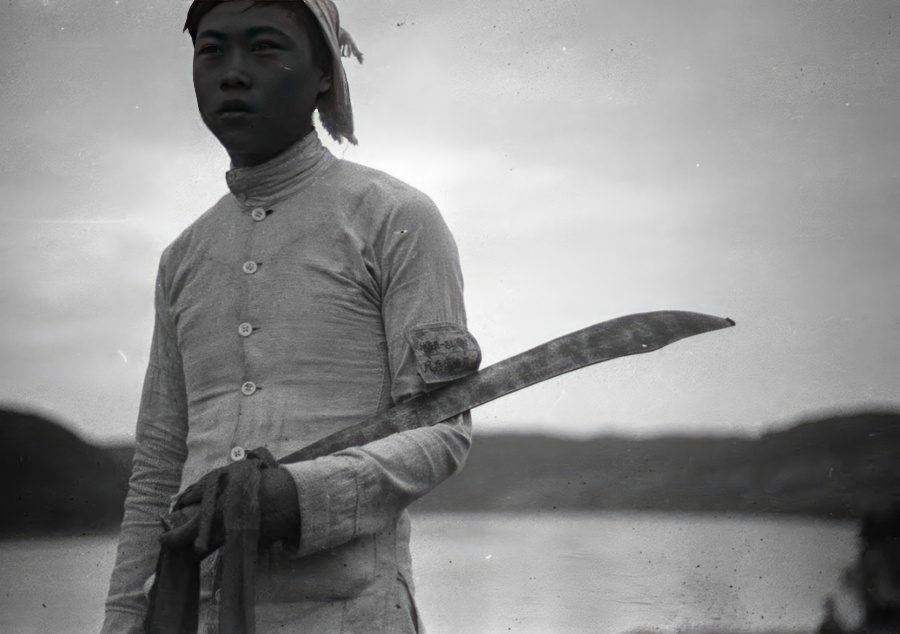
The Chinese People’s Resistance Against Japan spanned from 1937 to 1945, when Chinese soldiers and militias fought the Japanese. Among them were the Min Ping, the Yan’an citizens who defended their homes against the Japanese with whatever weapons were at hand. Many militia members were armed with traditional weapons, such as dadao and spears, while others utilized pistols, rifles, and landmines.
Chinese Civil War (1945–1949)
The war between the Chinese Communists and the Nationalists (Kuomintang) started in the 1920s but was paused during the Sino-Japanese War and World War II. Unfortunately, a full-scale war between them broke out immediately following World War II.
The civil war involved capturing and controlling urban areas and villages. The dadao was an efficient way of producing terror against civilians. It was used for maintaining order and dealing with executions. The Chinese Civil War ended in 1949 when Communist leader Mao Zedong created the People’s Republic of China.
Conclusion
Swords were supposed to have become obsolete in combat, yet modern Chinese warfare in the 20th century utilized traditional blades. The dadao served as a close-quarters combat weapon of post-Qing armies and militias and symbolized Chinese resistance.
